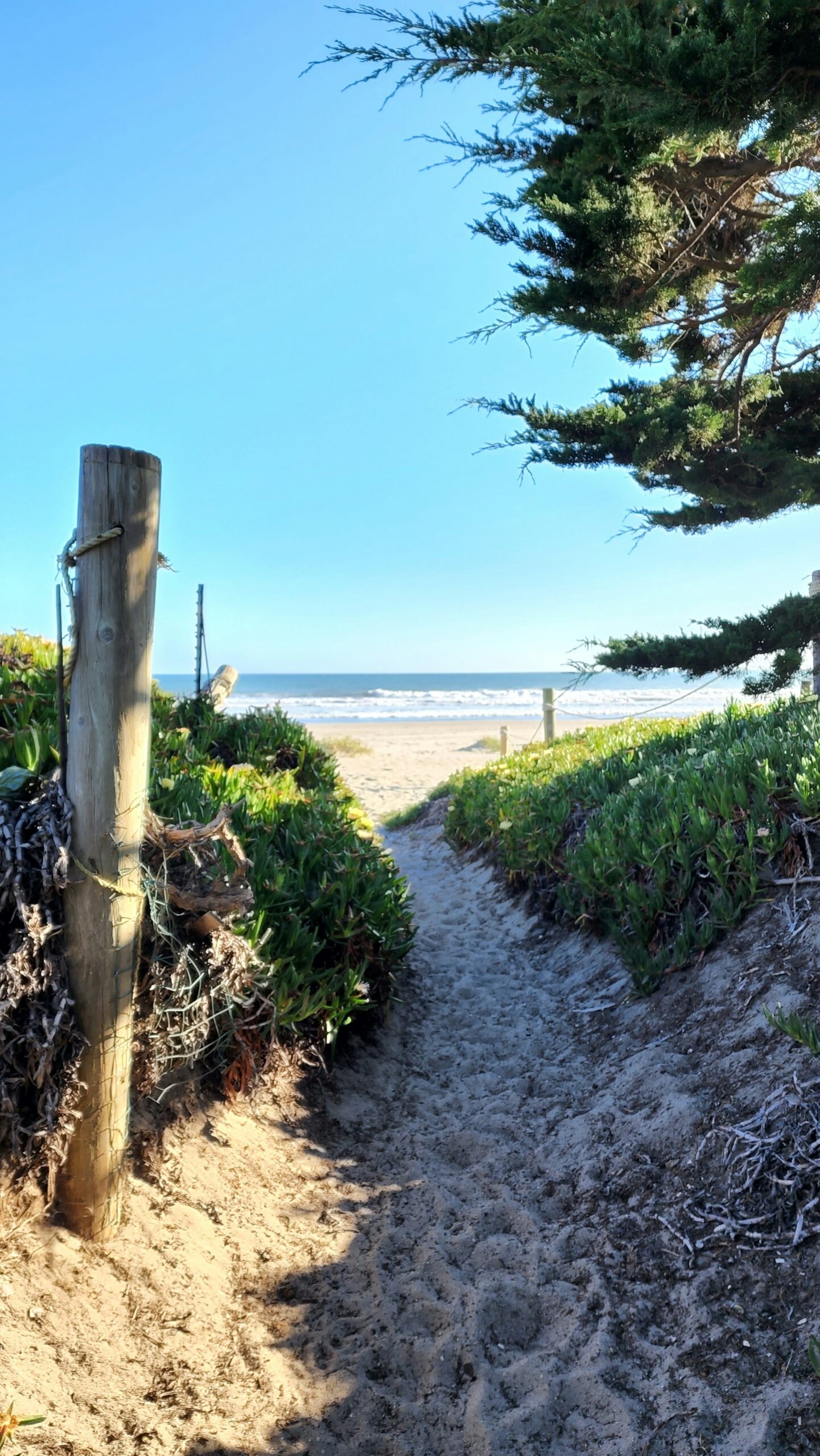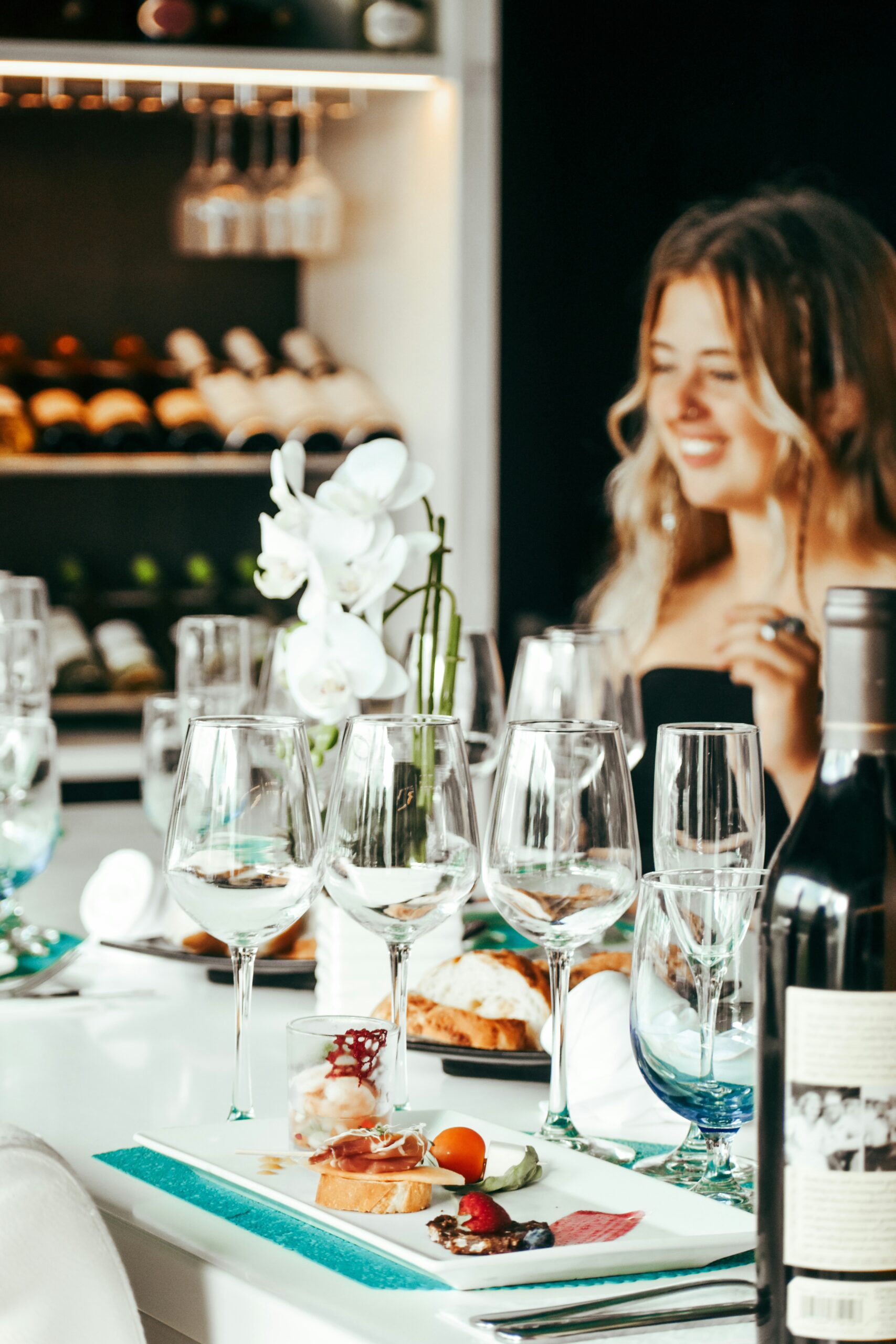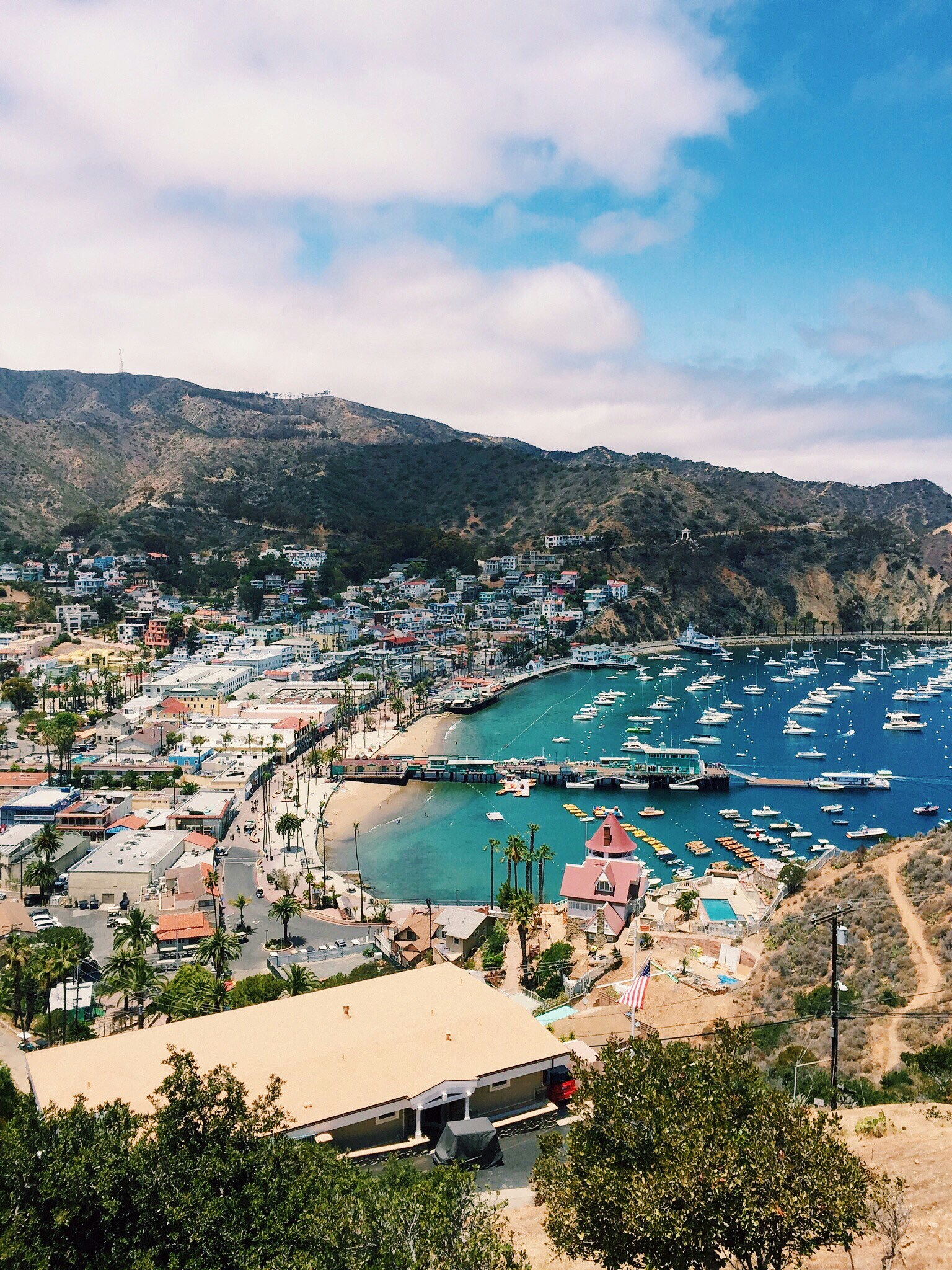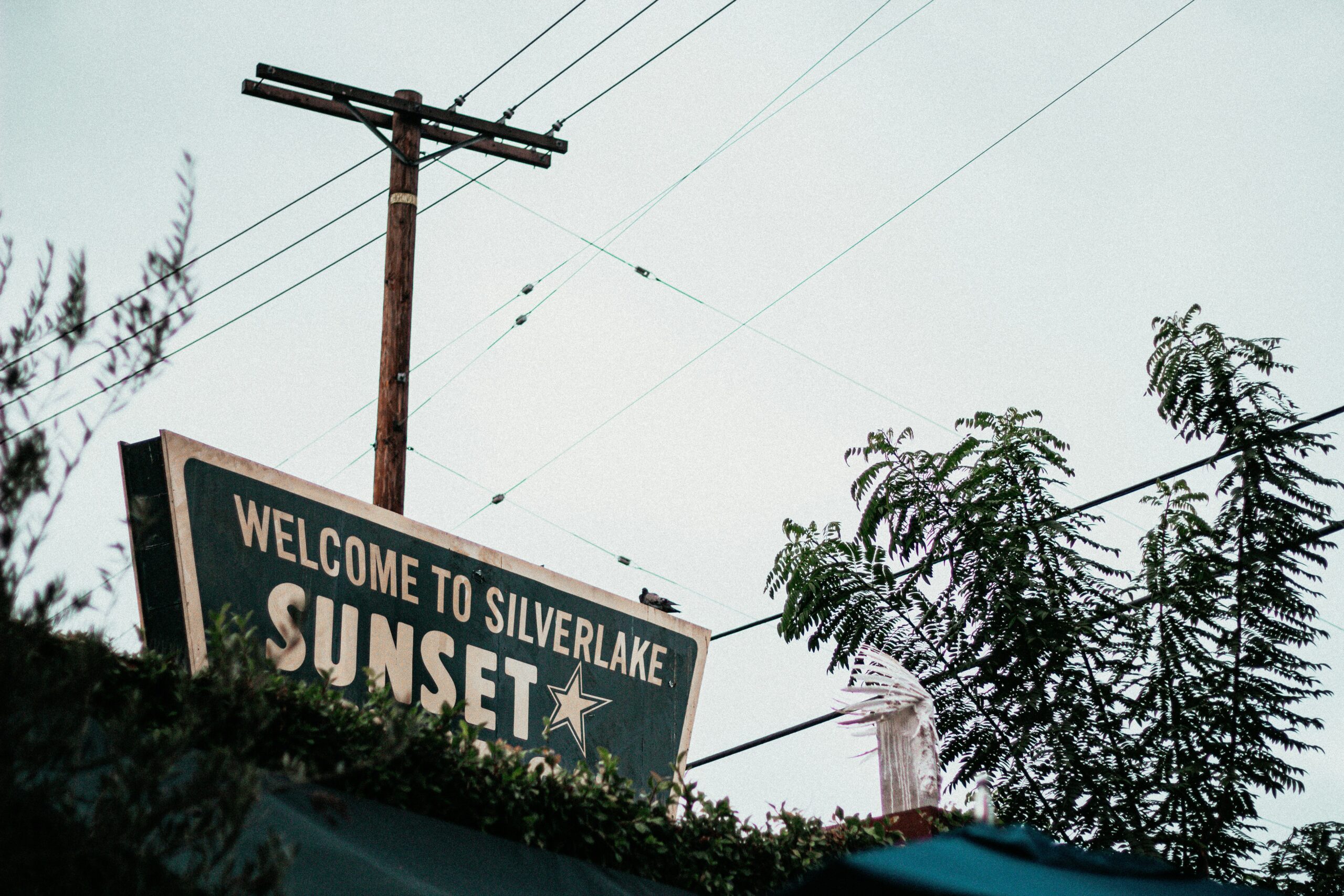5 California Wineries That Serve Food Better Than Your Favorite Restaurant
California wineries have long been known for their scenic vineyards and top-tier wines, but some have elevated their culinary offerings to rival — and even surpass — many popular restaurants. Several wineries across the state serve food that stands out for its quality, creativity, and seamless pairing with their wines, making them true dining destinations. Guests can now expect thoughtfully crafted menus, locally sourced ingredients, and innovative presentations.
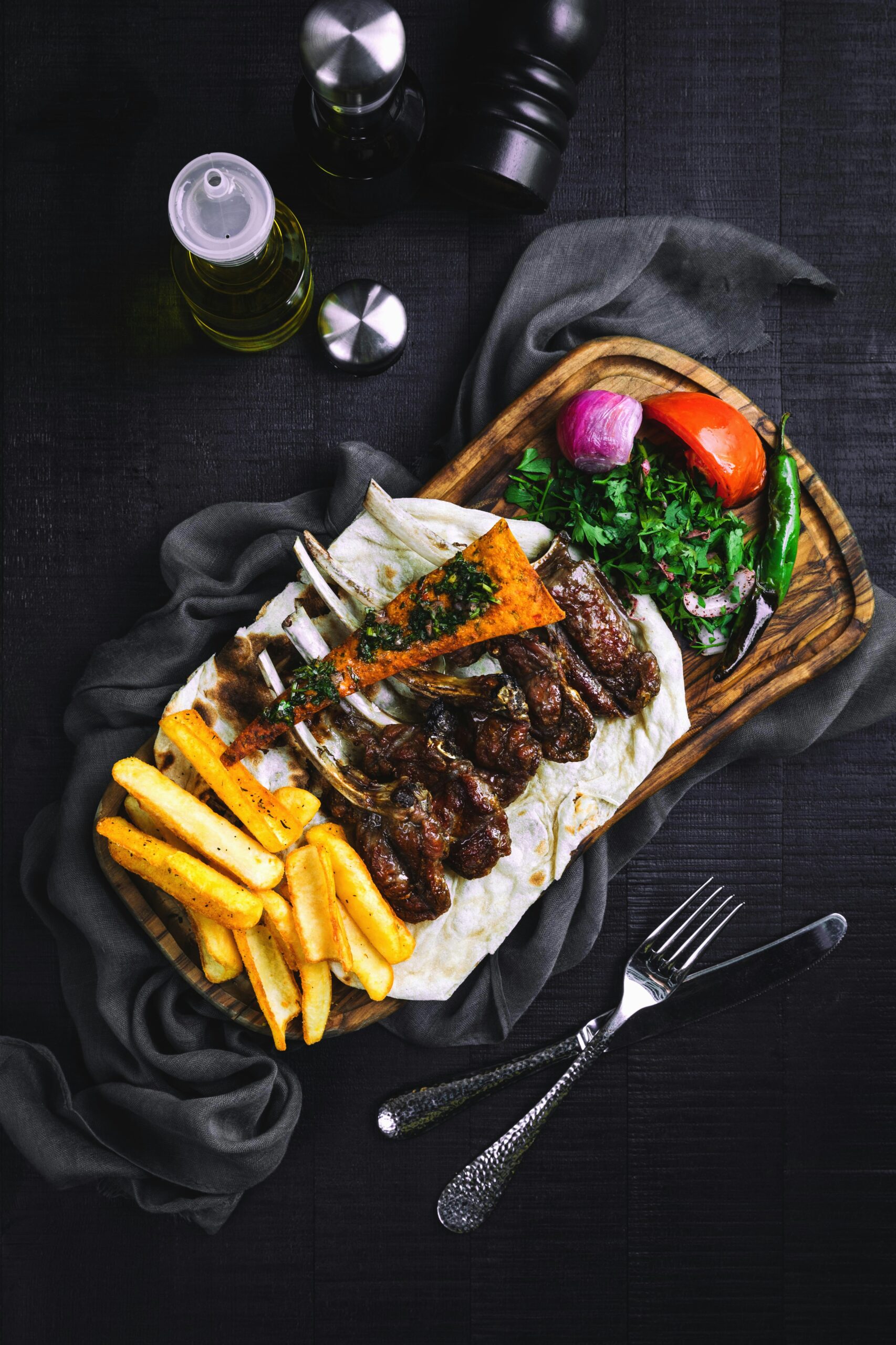
Visitors who are passionate about both food and wine no longer need to compromise. At these standout wineries, the dining experience is as much of a draw as the tasting room, providing memorable meals that complement the region’s celebrated vintages. Those looking for impressive wine and food pairings in California will find options that consistently earn praise.
Exploring wineries with exceptional culinary programs offers a chance to enjoy the best of both worlds. Each winery highlighted here brings a unique twist to the table, inviting food and wine lovers alike to savor meals that deliver far more than the typical tasting room experience.
5 California Wineries That Serve Food Better Than Your Favorite Restaurant
Why Wineries Are Redefining Fine Dining in California
California wineries are placing culinary experiences at the forefront, rivaling and sometimes surpassing traditional fine dining establishments. Visitors to wine country can now expect exceptional food, carefully curated pairings, and menus that showcase local, seasonal ingredients with impressive skill.
The Evolution of Winery Culinary Experiences
Winery restaurants in California have transformed from simple tasting rooms to sophisticated dining venues. Many wineries now employ in-house chefs who design multi-course menus that highlight both the wines and the region's agricultural bounty.
Guests can choose from chef’s tasting menus, à la carte options, and even themed, event-based dining. This evolution is driven by increasing expectations from visitors who want a memorable, immersive experience, not just a wine flight.
Wineries have adapted by building state-of-the-art kitchens, sourcing directly from local farms, and investing in culinary talent. Notable destinations in California wine country have even earned MICHELIN stars thanks to their innovative approach and commitment to quality.
Benefits of Pairing Wine and Food at the Source
Dining at a winery allows for precise harmony between food and wine. Chefs work closely with winemakers to create pairings that enhance the characteristics of both the dish and the vintage.
This collaboration results in a level of synergy rarely found elsewhere. Diners benefit from tasting wines at the peak of freshness and alongside dishes tailored specifically to bring out the best in each glass.
Guests frequently participate in unique pairings, such as vertical tastings with seasonal tasting menus or ingredient-driven bites that reflect the terroir. The setting also provides a deeper connection to the landscape, as many meals overlook the very vineyards that produced the wines.
The Rise of Farm-to-Table Winery Menus
Farm-to-table cuisine is now central to the identity of many California wineries. Chefs leverage on-site gardens, local ranches, and artisanal producers to craft menus that are seasonal, sustainable, and regionally distinct.
A typical meal might feature fresh produce harvested that morning or specialty cheeses from neighboring dairies. This approach supports the local community and minimizes environmental impact.
Many top producers believe “what grows together goes together,” using regional ingredients to highlight the unique flavors of each wine. Some wineries are even growing their own ingredients, guaranteeing both peak quality and traceability from field to fork.
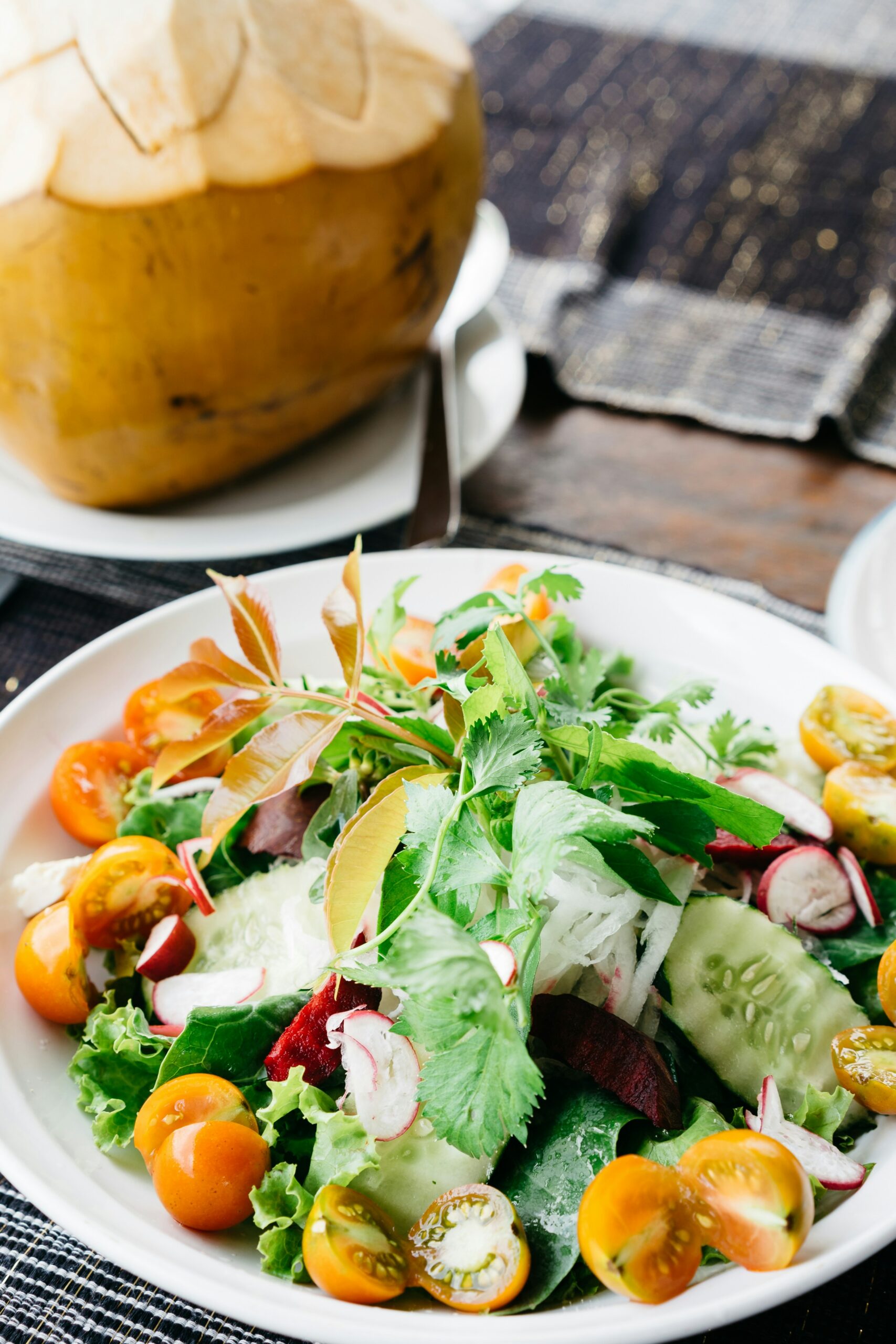
5 California Wineries That Offer Exceptional Food
California’s top wineries are redefining the wine and food experience by blending renowned wines with inventive cuisine, often rivaling celebrated restaurant kitchens. Guests can expect expertly executed tasting menus, meticulous wine and food pairings, and memorable vineyard settings.
Domaine Carneros: Sparkling Wine & Gourmet Bites
Domaine Carneros stands out for its sparkling wine program and French-inspired hospitality. Visitors enjoy curated tasting flights paired with gourmet bites that bring out the best in each pour. The chateau setting overlooks rolling vineyards, adding a sense of occasion to every visit.
Their sparkling wines are matched with local cheeses, smoked salmon, and caviar, creating a tasting menu that’s as much about the food as the wine. Guests can also book the Art of Sparkling Wine Pairing, which highlights seasonal ingredients alongside featured cuvées.
The food presentation is elegant and balanced, enhancing the flavor profile of each wine rather than overshadowing it. For anyone seeking a refined wine and food pairing in Napa, Domaine Carneros delivers a complete, sensory experience far above standard tasting rooms.
Jordan Winery: Elevated Farm-to-Table Feasts
Jordan Winery integrates Bordeaux-style wines with farm-to-table gastronomy. The estate’s sustainable gardens and orchards supply much of the kitchen’s produce, ensuring ultra-fresh flavors in every dish. Meals here focus on the art of food and wine pairing, offering multi-course affairs designed by in-house chefs.
Guests can select from a seasonal tasting menu or reserve seats at special culinary events, such as vineyard picnics or dinner parties set among the vines. Jordan’s elegant dining spaces are intentionally intimate, echoing the experience of a Michelin-starred restaurant, but set within Alexander Valley landscapes.
Attention to detail extends from artful plating to the pacing of courses and the expert staff guiding each pairing. It’s a destination for those who appreciate both the complexity of fine wine and the craft of exceptional cuisine.
Lynmar Estate: Seasonal Menus Amid Vineyards
Lynmar Estate offers a true taste of Sonoma through hyper-seasonal, garden-driven menus. Its culinary team designs dishes using ingredients grown on the property, aligning each course to highlight the distinct notes of their estate-grown Pinot Noir and Chardonnay.
Lunches and wine tastings are served with sweeping views of organic vineyards and gardens. The tasting menu features inventive pairings such as heirloom tomatoes with olive oil-poached halibut, or wild mushrooms matched to complex Pinots.
Lynmar’s approach emphasizes thoughtful composition and harmonious flavors, providing guests with a seamless fusion of terroir-driven wine and locally sourced cuisine. For those looking for more than just traditional wine tasting, this is a prime example of where California wine country culinary ambition meets precision.

Wineries Worth the Journey: Dining Destinations Beyond Napa and Sonoma
California is home to exceptional wineries that rival celebrated restaurants in both food and wine. Travelers seeking unique pairings, immersive settings, and elevated hospitality can find impressive options beyond classic destinations.
Donum Estate: Art, Wine, and Culinary Harmony
Donum Estate offers more than just fine wine—it is a fusion of contemporary sculpture, culinary expertise, and exceptional vineyard experiences. The estate is renowned for its blend of art and landscape, featuring large-scale installations that add visual depth to every visit.
The estate’s food experiences center around thoughtfully prepared, seasonal menus designed to highlight the region’s produce and complement Donum’s acclaimed Pinot Noir and Chardonnay. Guests can expect multi-course tastings that often feature dishes such as wild mushroom risotto or fresh Dungeness crab, each paired skillfully with estate wines.
Visits are by reservation only, ensuring an intimate, personalized encounter. The ambiance—part gallery, part working vineyard—creates a setting unlike any other in California wine country. Diners are encouraged to explore the grounds between courses, making the culinary experience truly immersive.
Wheeler Farms: Culinary Gardens and Tasting Experiences
Wheeler Farms sits in the heart of the Central Coast and stands out for its commitment to farm-to-table cuisine and sustainability. The property includes a working organic farm and a culinary garden that supplies the kitchen with a rotating selection of herbs, vegetables, and fruit.
Each tasting experience is transformed by freshly harvested ingredients, prepared in an open kitchen setting and served alongside both estate and guest wines. Menus change frequently but may feature items like garden beet salads, roasted root vegetables, or oven-baked breads with house-made olive oil.
Small-group tastings and chef-led lunches create opportunities for direct interaction with both winemakers and culinary staff. Attention to detail and use of garden-fresh produce make Wheeler Farms a compelling alternative to more crowded regions such as Napa or Sonoma.
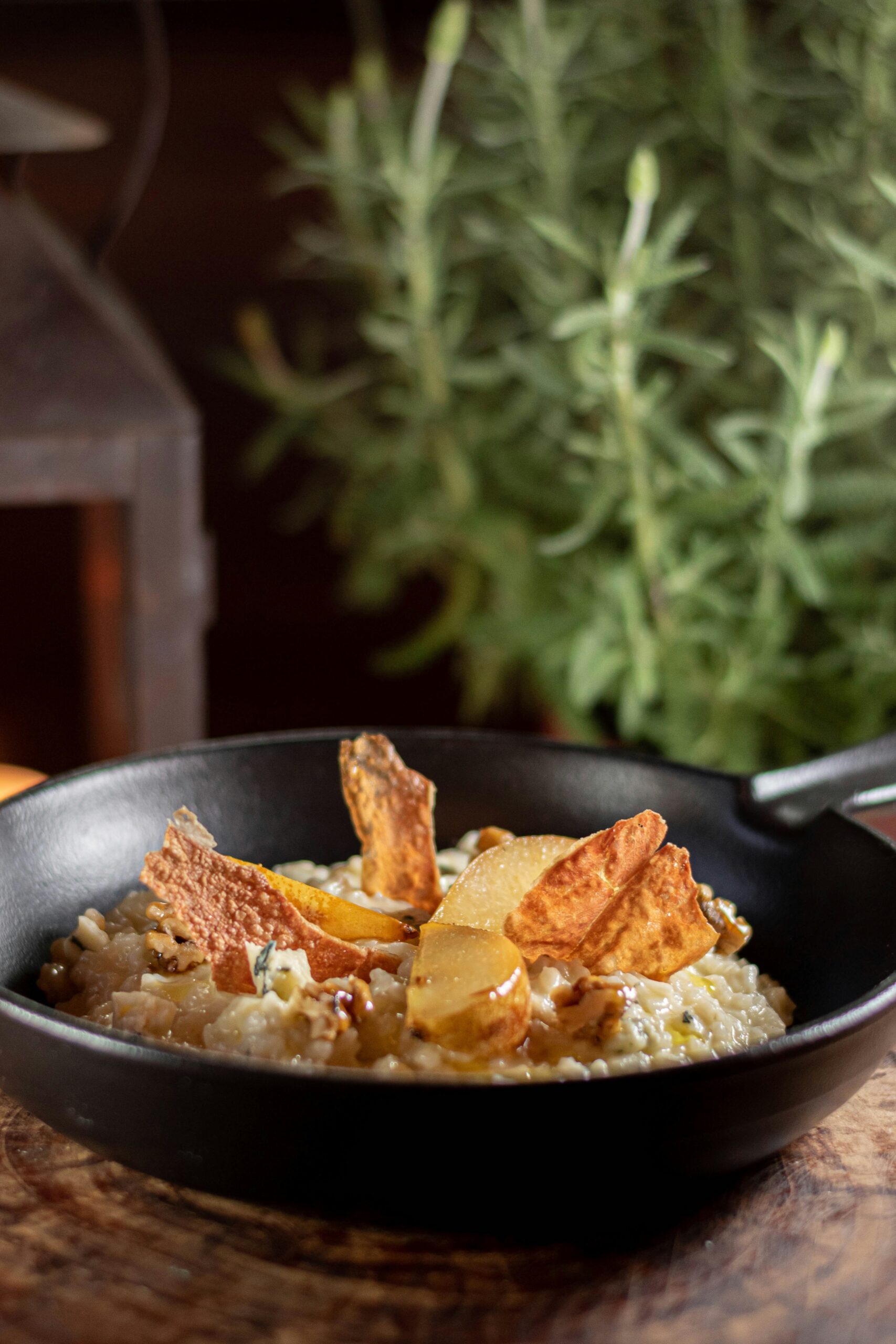
Signature Dishes and Unforgettable Pairings
California wineries have transformed food and wine pairing into a showcase of local ingredients, seasonal flavors, and culinary ingenuity. With an emphasis on both classic and innovative combinations, these estates are setting a new standard for winery dining.
Seafood and Chardonnay: Classic California Pairings
Chardonnay continues to be a pillar of California’s coastal vineyards, shining alongside a range of seafood dishes. Many Napa and Sonoma wineries source Dungeness crab, Pacific oysters, and seared scallops directly from local fisheries.
Frequently, visitors enjoy a tasting menu that features lemon-butter poached lobster or oysters with a mignonette, accompanied by crisp or lightly oaked chardonnays. Ashes & Diamonds is known for integrating seasonally inspired seafood courses, making use of the grape’s natural acidity to enhance shellfish flavors while refreshing the palate.
Below is a sample pairing table:
| Seafood | Chardonnay Style | Notes |
|---|---|---|
| Dungeness Crab | Unoaked | Clean, enhances sweetness |
| Seared Scallops | Lightly Oaked | Creamy, matches richness |
| Oysters on the Half | Mineral-driven | Salinity, highlights freshness |
Many Napa Valley wineries offering food and wine pairings highlight this classic match, using menu innovation and local sourcing to create memorable pairings. Explore more about wineries with exceptional food and wine pairings.
Bold Reds and Artisan Fare
Cabernet sauvignon, pinot noir, and zinfandel emerge on tasting flights beside bolder plates such as wood-fired meats, mushroom risotto, or herbed lamb chops. Bordeaux-style blends are commonly served with dry-aged steak or grilled pork, allowing the tannins to balance hearty flavors.
Some wineries collaborate with local cheesemakers and bakers to offer cheese boards, charcuterie, or artisan breads alongside their red blends. Forbes highlights memorable culinary experiences at California wineries where seasonal, chef-driven menus pair robust reds with regional fare.
Classic examples include:
- Cabernet sauvignon with aged cheddar and smoked duck
- Pinot noir with wild mushroom bruschetta
- Zinfandel with spiced lamb meatballs and roasted tomatoes
These thoughtful combinations underscore the versatility of California reds, enhancing both wine and cuisine.
Indulgent Accents: From Caviar to Chocolate
Wineries are elevating their dining experiences with indulgent accents like caviar service and house-made chocolates. Several Napa estates begin a meal with a small spoonful of caviar, paired with blanc de blancs or mineral-driven chardonnays to highlight the briny, delicate flavors.
Dessert pairings bring rich chocolates or salted caramel treats alongside dense reds or late harvest wines. A notable example is the pairing of dark chocolate truffles with full-bodied cabernet sauvignon or port-style blends.
Some locations also create tasting flights that progress from elegant starters such as caviar to decadent finales featuring single-origin chocolates, each chosen to complement the winery’s most expressive bottlings. For those seeking elevated bites with every sip, select Napa Valley wineries with excellent food deliver these high-touch experiences.
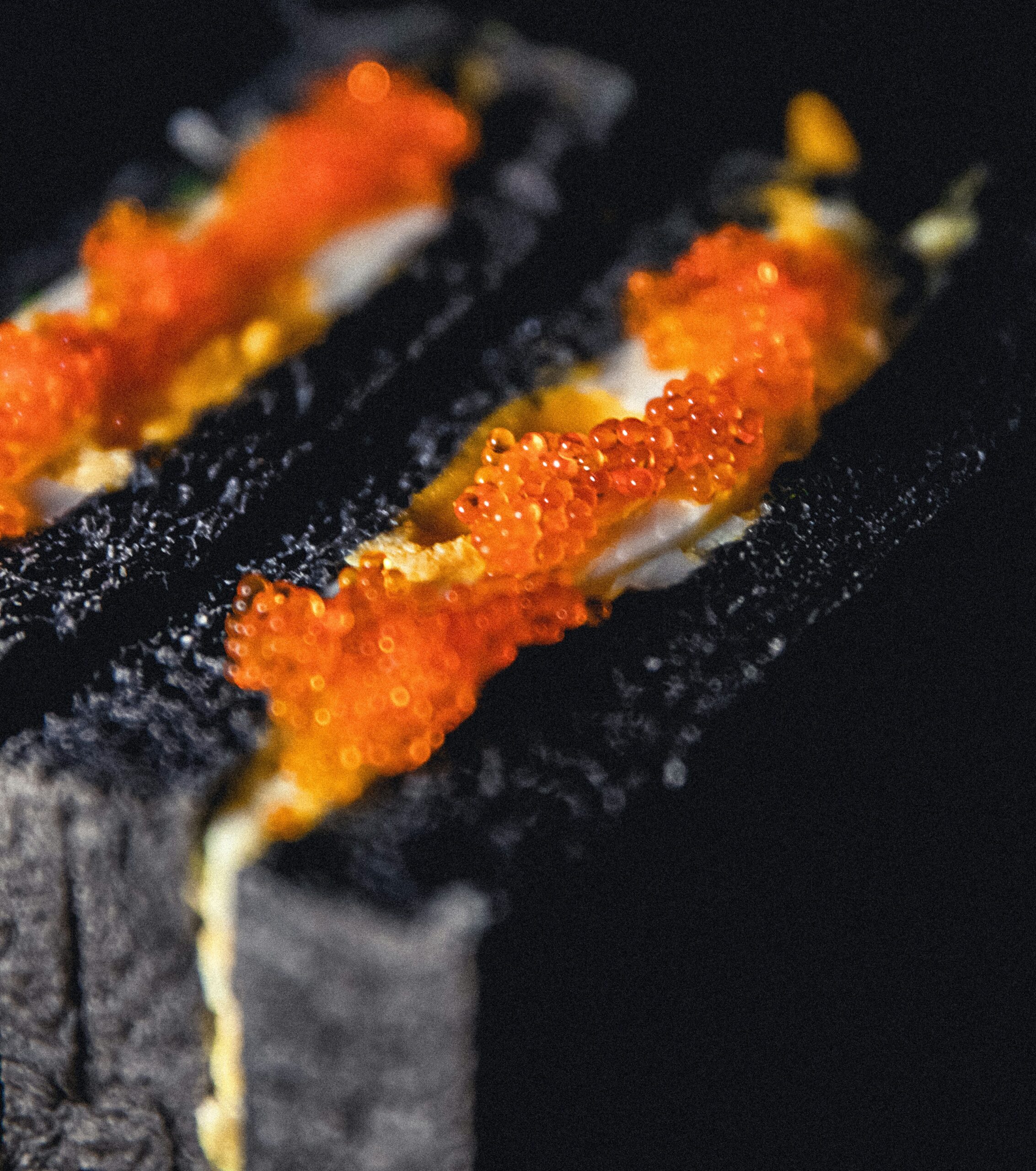
Wine, Community, and Culinary Tourism
California’s wine destinations have elevated food and travel by blending top-notch culinary experiences with their renowned wine programs. Visitors find more than just wine; they discover vibrant social scenes and thoughtful food pairing menus that rival the best city restaurants.
Wine Tasting Rooms as Culinary Hubs
Wine tasting rooms across California, especially in areas like Napa Valley, Sonoma, Healdsburg, and Carmel-by-the-Sea, now serve as dynamic culinary hubs. Many wineries feature dedicated kitchens and on-site chefs who prepare seasonal dishes specifically crafted to complement their wines. For example, some leading California wineries offer next-level epicurean experiences designed to attract food lovers from San Francisco, Los Angeles, and San Diego.
Tasting menus are thoughtfully curated, emphasizing the harmony between local ingredients and varietals. Food pairingoptions often highlight regional specialties, such as California cheeses, olive oil, and artisan bread. Guests can expect to enjoy everything from small plates with estate-grown greens to elaborate five-course meals, all presented within architecturally impressive spaces or scenic vineyard terraces.
This evolution goes beyond traditional wine sampling. Today's oenophile can reserve seats for chef’s table dinners, hands-on cooking classes, and Sunday brunches that frequently outshine big-city offerings. These culinary events make tasting rooms more than places to sip—they are true destinations for memorable food and travel adventures.
Connecting with Local Wine Lovers
Wine tasting rooms foster a strong sense of community, connecting travelers with wine lovers and locals alike. Napa Valley’s estate tastings, Sonoma’s garden parties, and gatherings in Santa Ynez Valley or Healdsburg provide relaxed settings where guests can meet winemakers, learn about viticulture, and build lasting friendships.
Visitors often strike up conversations over shared tables, cheese boards, or guided tastings. Winery hosts are eager to discuss not only the wines but also suggest other local restaurants, markets, and events. This hospitality helps bridge the gap between tourists and the local scene, turning a tasting into an opportunity for authentic connection.
Special events and club member evenings add to the communal atmosphere. Some wineries host music nights or culinary workshops, making every visit unique. For both locals and travelers, the tasting room becomes a center for discovery, learning, and socializing centered around wine and food.

